Scoliosis - what to look for in the studio
June is National Scoliosis Awareness Month so what better time to discuss a condition that affects 3% of the population! If you haven’t yet encountered a client with this condition, chances are you will eventually!
So what do you need to look out for?
- Head off centre
- Uneven shoulders
- Rib prominence
- Uneven shoulder blades
- Hips not level
- Hip glide to left or right
- Uneven space between the waist and arms
- Tess standing relaxed
- Emma standing relaxed
- Tess roll down
The Adams Test (or Roll down in the Pilates world) is an easy and effective way to check for Scoliosis. Ask your clients to give themselves a big hug so the scapula protract before commencing the Roll Down.
Even if your client has a mild Scoliosis, it should not be ignored as studies have shown that if you apply scoliosis specific exercises before the Cobb Angle reaches 30 degrees, you can have a significant impact on the stability of the curve and slow or even stop progression in some cases. We call this the Critical Threshold!
Scoliotic spines need to be worked differently.
Scoliotic spines are not symmetrical (stating the obvious right!) and yet many instructors still work their clients bilaterally in all their work. When there are muscular imbalances in the spine (sometimes quite significant), it doesn’t make sense to load that body evenly. Why not? Because the “bossy muscles” on the convex side of the curvature will take on more of the work and get “bossier” and the muscles on the concave side won’t have a chance to strengthen.
I often hear instructors say they thought they could work the body evenly as long as they “stretched the tight side last”! But which side is the tight side? A client with an atypical 3-curve scoliosis will have a lumbar convexity to the left and a thoracic convexity to the right. If I take that client into lateral flexion to the left, their lumbar may open out a little on the right, but I’ve just increased their thoracic curvature…So how is that smart? And I also need to consider the rotation that’s happening in the spine before I can even begin. Confused?? Understandable! It is a complicated condition but one that as movement practitioners we need to understand better.
Scoliosis is a complex three-dimensional condition that requires corrections to be made across all planes, coronal, saggital and transverse.
If you’re not quite sure how to go about making those corrections, then start by encouraging elongation and focused breathing into the concavities. Think carefully about your exercise choices and how they will affect your client’s ability to elongate and lift out of their curves. Most importantly, trust your eyes….if it doesn’t look right it probably isn’t!
The Wunda Chair is my prefer option for Leg & Footwork as clients can be placed in front of a mirror (which helps enormously as they think they’re straight when they’re not) and also leaves them free to elongate and apply any rotational corrections. If you are going to use the Reformer for leg & footwork then be mindful of load. It is really hard to elongate a spine when you’re feeling compressed between the shoulder rest and the foot bar. As for bottom loaded work on the Cadillac……well the force is even greater and not something I’d recommend for Scoliosis.
Tess’s Scoliosis Journey
The following pictures are of my client Tess. I detected her Scoliosis when she was 11 years old. At that time, she had Cobb angles of 50 degrees in her lumbar and 45 degrees in her thoracic. She was told that she was out of bracing range and spinal fusion was recommended. Given her large curvature at onset, it was predicted that it would increase quickly and significantly.
Tess has attended regular sessions with me since then, but she still hasn’t had surgery and will be 22 in August. During her teenage years (that delightful time around Year 9) she wasn’t very diligent with her exercise program and her curvature increased to the low 60’s. Once she made a consistent effort to commit to her exercise program, these numbers reduced again and her most recent x-ray showed her Cobb angles to be 51 degrees in her lumbar and 53 in her thoracic.
Introducing Helen

My name is Helen New, and I’m a Principal Practitioner of The Pilates Method, Owner/Manager of two Pilates studios, and currently the only Authorised Scolio-Pilates® Practitioner (Master Instructor) in Australia. I have been specialising in Scoliosis for over ten years now and several years ago I wrote my own Workshop “Curvy Bodies – A Deeper Look at Scoliosis” and presented this throughout Australia.
In 2018 I traveled to Los Angeles to undertake training with Karena Thek on the Scolio-Pilates® Method and was then invited by her to become a Master Instructor and represent her “down under”. I am thrilled to have launched this work in Australia, delivering the first two modules of this training.
I see a huge variety of clients for Scoliosis, ranging in age from 10 years old through to mid 70’s. Some have small curves, some have large curves, some have pain, some don’t! But what they all have in common is they leave my studio standing taller, breathing easier and if pain was a factor when they walked in, it has usually gone (or at least subsided) when they leave!
I’m passionate about educating Pilates Instructors and other Allied Health Practitioners on this condition and would love to share my knowledge with you. I have two more deliveries for 2021 so if you’d like to know more, head to my website by clicking on the link below:
https://www.precisionpilateswindsor.com.au/workshops

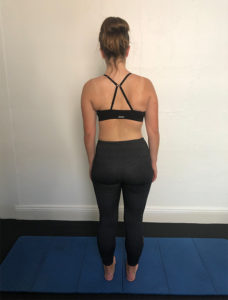
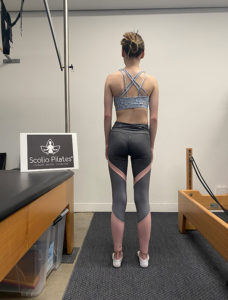
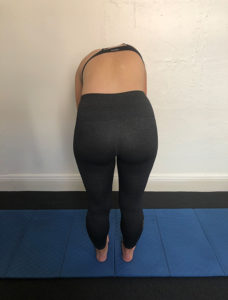
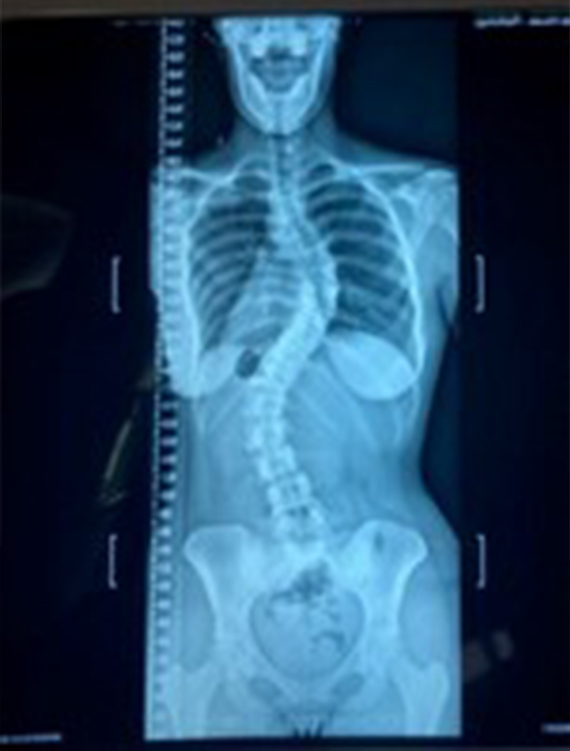
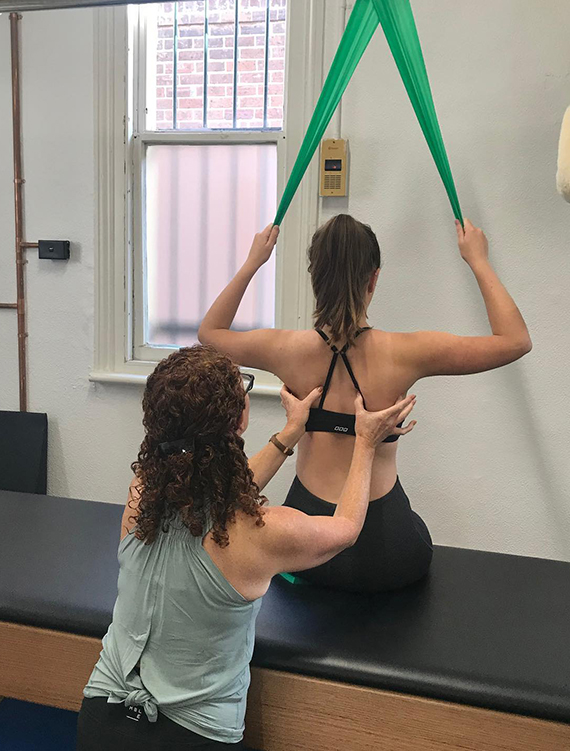
Comments are closed.